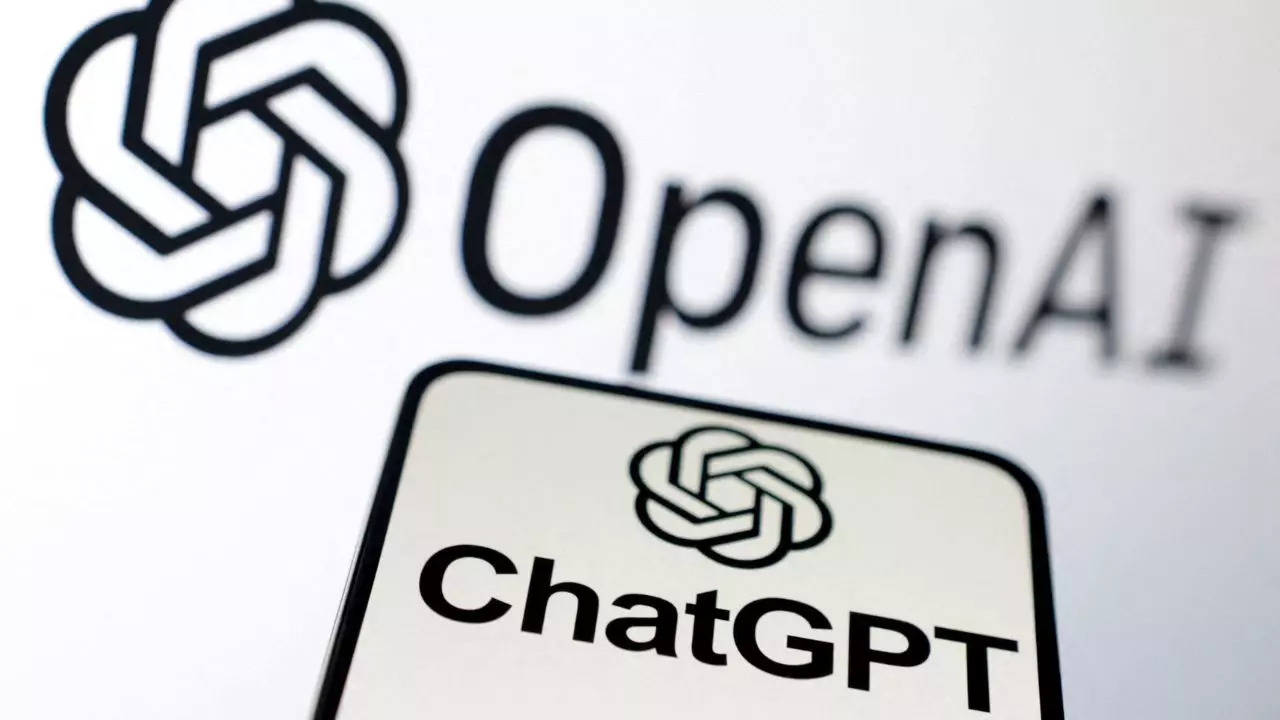
In May 2024, OpenAI unveiled "GPT-Next" at an event in Paris, surprising the AI community. GPT-Next is expected to succeed GPT-4, with promises of significantly improved multimodal capabilities and smarter training methods, boosting AI functionality. At the KDDI Summit 2024, OpenAI Japan CEO Tadao Nagasaki announced that GPT-Next would soon be launched and would be 100 times more advanced than GPT-4. This advancement stems from improvements in model architecture, reducing the need for vast computational resources.
Nagasaki also revealed that GPT-Next would utilize elements of OpenAI's secretive "Project Strawberry," also known as Project Q* or Q-star, which aims to achieve Artificial General Intelligence (AGI). By the end of August, ChatGPT had surpassed 200 million active users, making it the fastest software to reach that milestone, thanks to its user-friendly interface. He highlighted the exponential progress in AI and OpenAI's commitment to accelerating its integration into daily life.
Further context was provided by OpenAI CTO Mira Murati, who introduced a faster model, GPT-4o, in May 2024. This model was already twice as fast, 50% cheaper, and five times more efficient than GPT-4 Turbo. She emphasized that GPT-4o improved on multimodal capabilities, including text, vision, and audio, setting the stage for even greater advancements with GPT-Next.
Murati also discussed the next-generation AI model's potential during a talk at Dartmouth Engineering, describing it as having PhD-level intelligence in specific tasks. She compared previous GPT iterations, noting that GPT-3 had toddler-like intelligence, GPT-4 was akin to a high school student, and GPT-Next could surpass human intelligence in certain conversations, reflecting the rapid evolution of AI capabilities.

